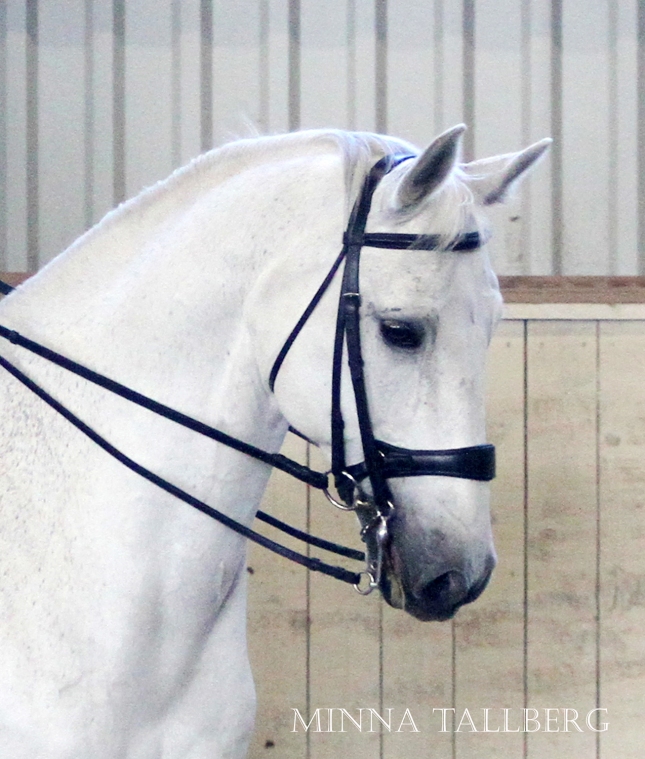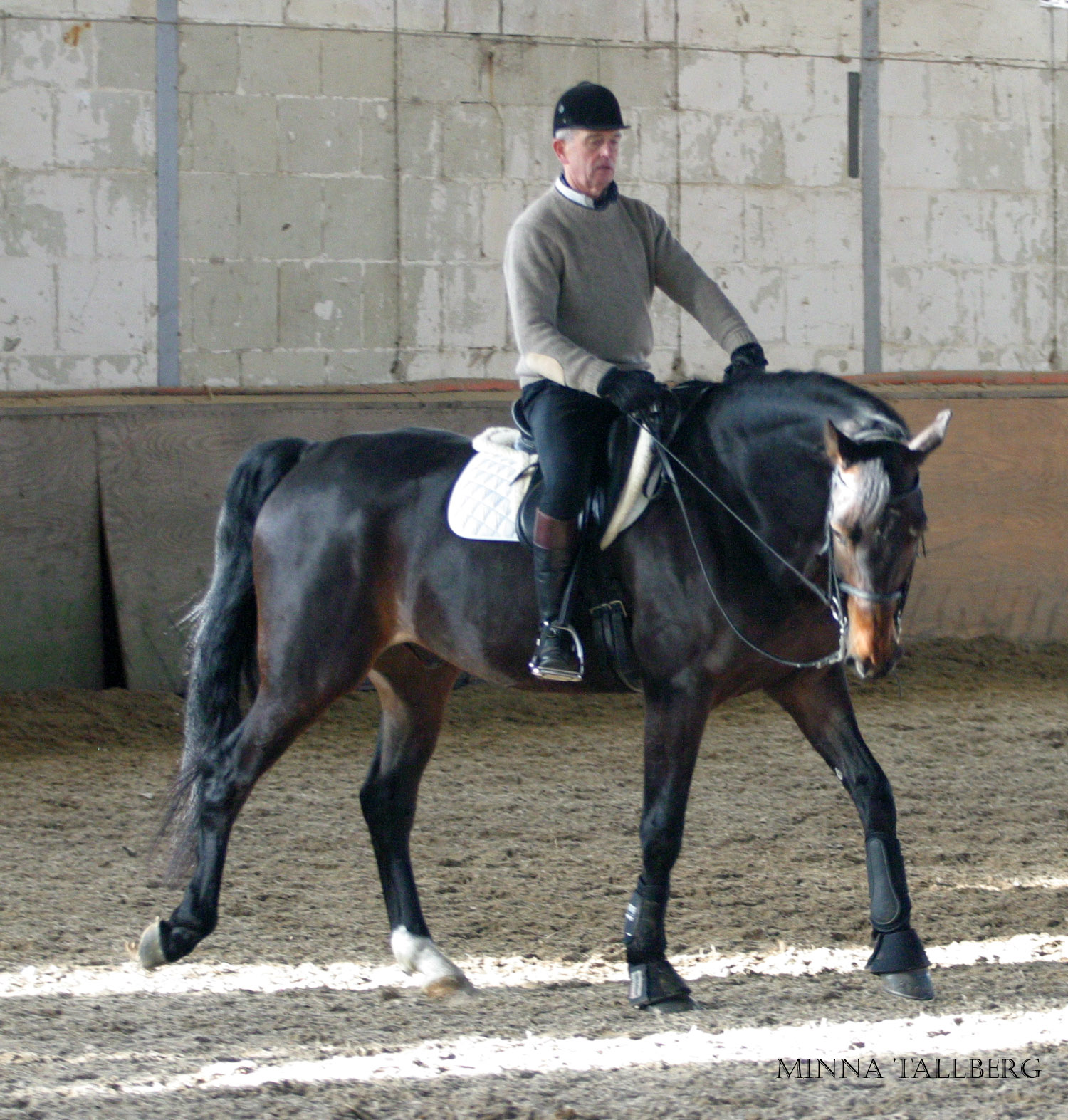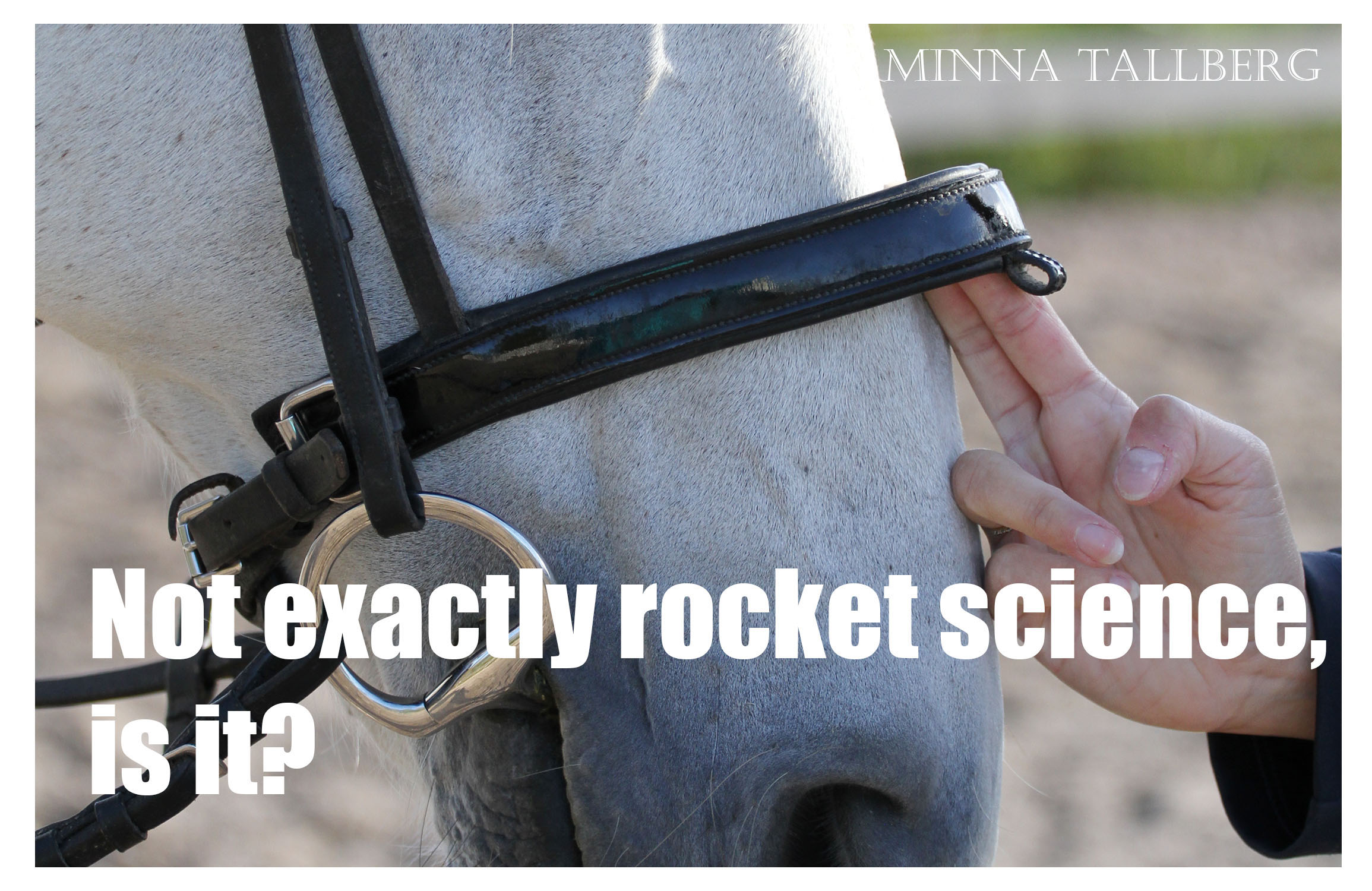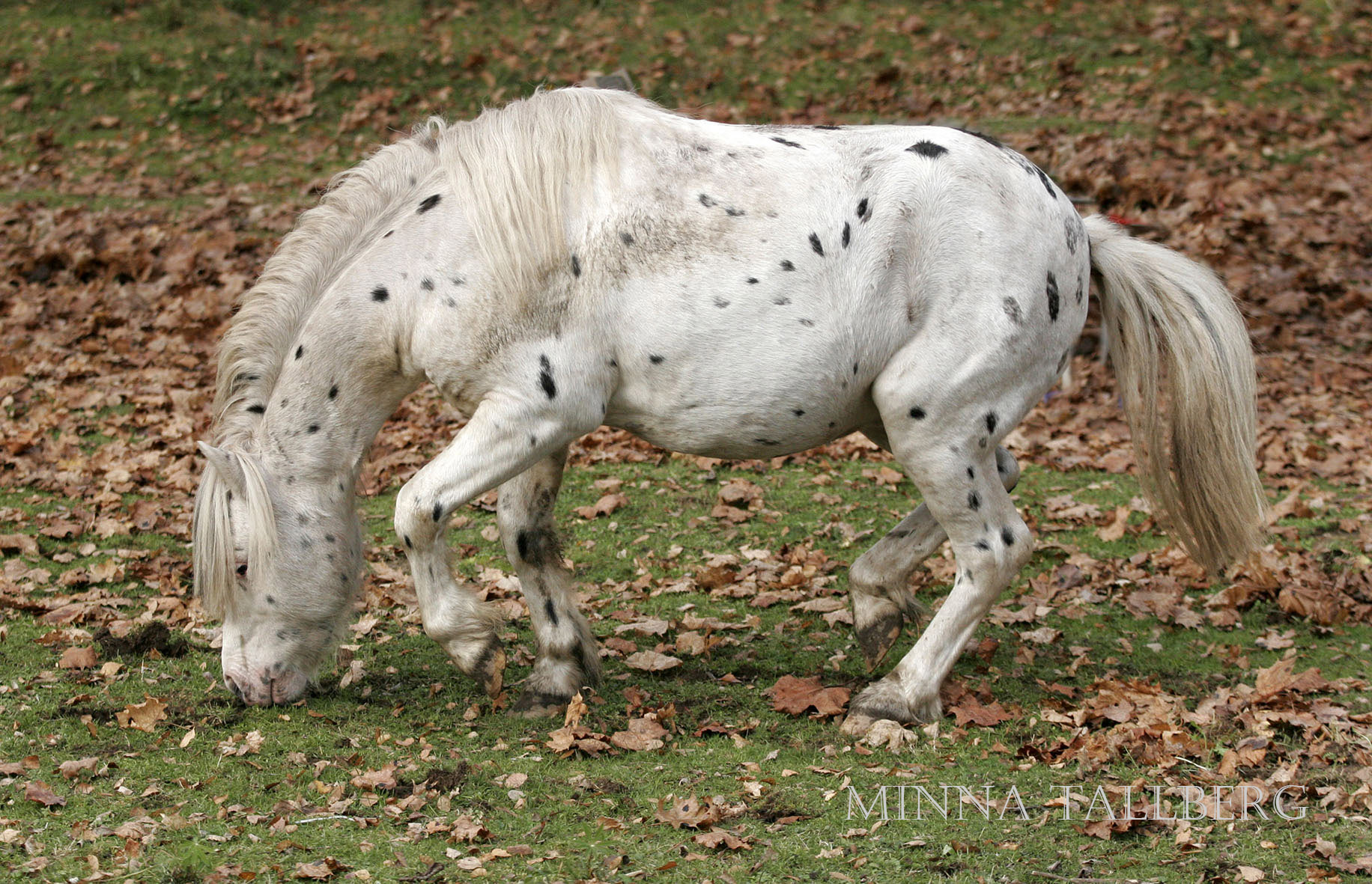I’ve been training horses using positive reinforcement (food rewards and scratch rewards mostly) for about twenty years now. Does this mean I don’t learn and realise new things anymore? Nope. I just realised something I think is pretty interesting. If this is one of these “Everyone knew that” cases then good for you (and why didn’t anyone tell me sooner?)
One of the horse lectures I give is on recognising the different ways horses express themselves (facial expressions, including pain, and behaviour) and during it I talk briefly about making inferences based on how a horse looks or behaves. Is it allowed or should you just observe? My opinion is that we as people infer things allt he time, the key is to recognize when we’re doing it.
If the horse has its ears pinned back, for instance, instead of inferring it hates your guts or is being moody or a pain, you should always make the inference in the horse’s best interest. Check for pain, ulcers, saddle and bridle fit, oestrus pain in mares etc. If the behaviour is seen around feeding and/or training using food rewards, consider it might be the horse simply having an emotion that initiates a behaviour it has known how to do since being a very young foal.
Case: Ilo
I have a homebred mare called “Ilo” (meaning “joy” in Finnish) who I’ve trained using both positive and negative reinforcement since she was around 3 weeks of age. She has a facial expression and behaviour I see fairly frequently while training: ears slightly pinned back and sometimes blocking my path by curving in front of me. While the behaviour has irritated me, especially as I would have liked her to look like the other horses I train (= expressing an open, interested, positive mood) it has never felt dangerous or even aggressive.
She doesn’t do this if we’re just walking alongside each other in the field, nor does it seem to be related to pain or discomfort. I see this only when training her from the ground and usually when I’m also moving. I’ve thought before that it relates to irritation or frustration. It’s not easily trained away, I’ve tried both negative and positive reinforcement and a combination of both (to straighten her out, not trying to clicker train her ears forward).
I’ve seen and heard about simliar behaviour in other horses, too. Some are mild, some have a more intense form, blocking the trainer when trying to leave for a break or even kicking. It is usually only related to training with food rewards and in my experience, the higher value the reward (carrots come to mind), the more likely the horse is to show it. All horses don’t do it, in my non-scientific opinion, perhaps one horse in ten or twenty.
How to solve the problem? Teach a “take a break” cue and leave some food for the horse when going away.
The lightbulb, finally
Fast forward to this spring. We have two new foals this year and as I’m updating my “How to tame and train your foal” online course I’ve been filming them a lot. That’s when I saw it. The very similar set of behaviours, the near identical expression, first in one of the foals, then in the other. And after that I realised I’ve seen it in other foals before, laughing at it as people do.
In short: There is the foal who wants to nurse and the mare who is walking. The foal will often curve in front of the mare, under her neck, and will pin its ears, sometimes making a bite or kick threat (like the foal in the video).
The mare doesn’t have a leadership problem, nor is the foal being bossy, crazy nor impolite. It’s simply being a horse.
(The mare is recovering from a hoof abscess, which is why she walks like this.)
Why is this important? Well, at least it cut me some slack as I’ve beat myself up now and again for accidentally training my own horse to look sour and cut across my path. Also I think it’s important to make inferences that cuts the horses some slack, too: If we consider it possible that a horse, when feeling frustration or just simply being motivated by the food reward, may be exhibiting a simliar behaviour to the foal on the video clip above we may take the behaviour itself with more calm and ease.
When coming across a horse exhibiting a more intense form of this behaviour we may be more ready to make the necessary adjustment to the training situation instead of just giving up the idea of training this particular horse using food rewards, thinking the trainer is incompetent or the horse crazy. At the moment I don’t think this has much to do with the training at all.
Disclaimer: I’ve been wrong many times, I may be wrong now
The reason I’m going out on a limb writing this down, is this: The more empathy we have for both horses and people, the better both will fare. If, when you see this behaviour in a horse next, you are able to think of it simply as a grown-up foal wanting a drink of milk (= food reward) you may be able to see the behaviour as that and act accordingly.
Another reason is that if you consider this behaviour a training issue, relating to frustration due to trainer mistakes (horse getting stressed) and try to fix it as such, you may get bogged down in making hundreds of unneccessary repetitions and the training won’t progress as it could.
Have you seen this behaviour? What do you think of my possible explanation?
Next up: Using positive reinforcement is the most natural way of training a horse there is
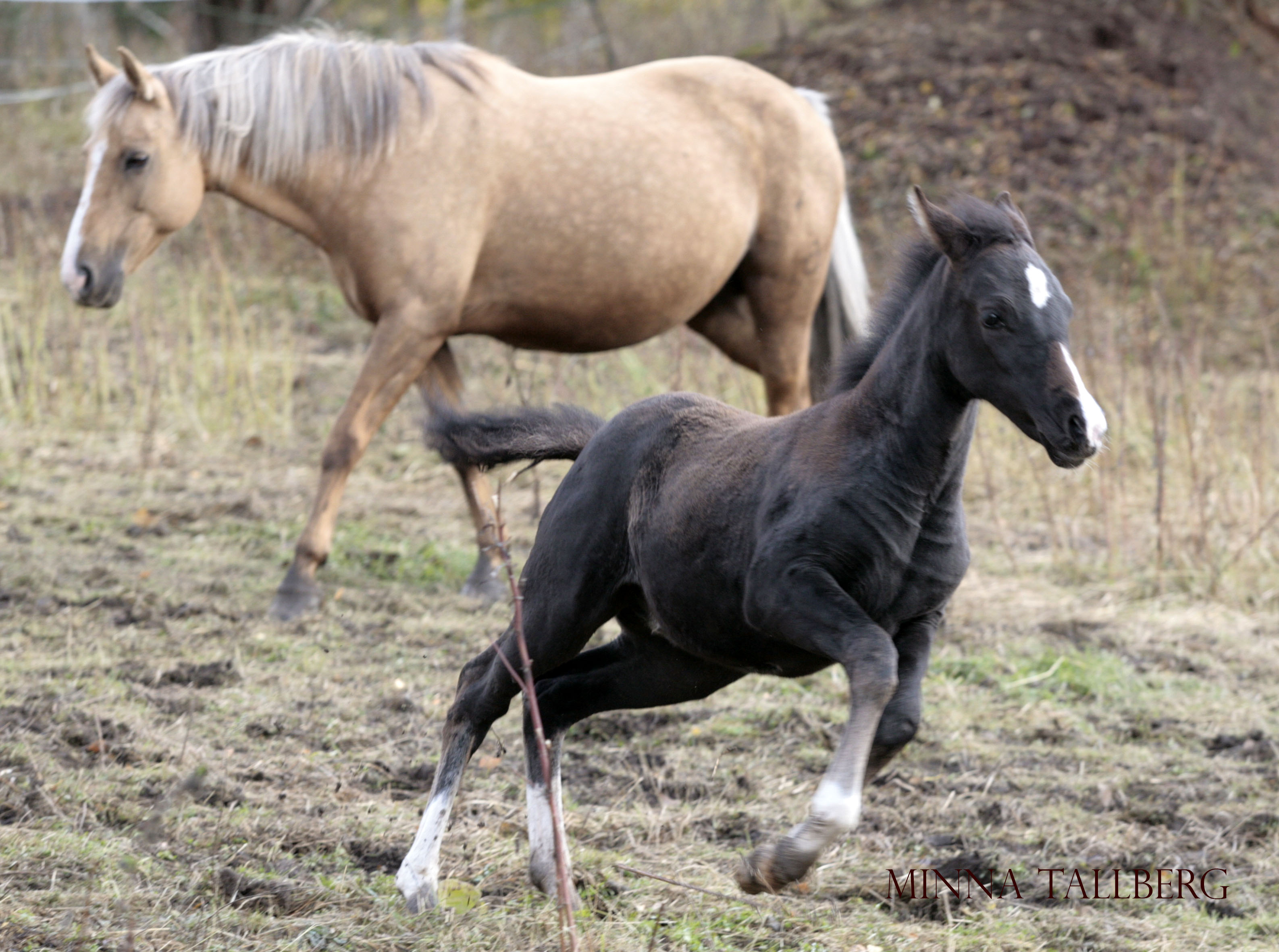
“Ilo” as a young foal.

